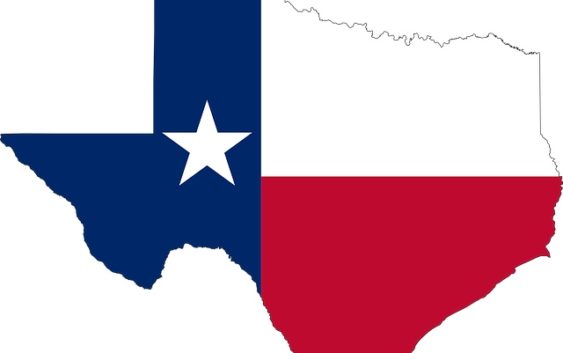- 'We're already strapped' | Child care crisis worsens after Hurricane Helene
- 'My heart goes out to them' | Community rallies to support Walt Disney Elementary School teachers impacted by tornado
- 'It’s a horrible process' | Montgomery County homeowners now prepare for fight with insurance companies over tornado damage
- 'My heart goes out to them' | Community rallies to support Walt Disney Elementary School teachers impacted by tornado
- 'I made a terrible decision' | Video shows boaters in the middle of Chambers County tornado
What Hurricane Florence Tells Us About Climate Change

9(MDAxODc1ODA5MDEyMjg1MDYxNTFiZTgwZg004))
AUDIE CORNISH, HOST:
We’re going to take a look now at what the latest scientific research says about this hurricane, Florence, and how climate change is affecting hurricanes in general. We’re joined in our studio by NPR science correspondent Christopher Joyce. Hey there, Chris.
CHRISTOPHER JOYCE, BYLINE: Hi, Audie.
CORNISH: So what do we know about whether climate change is having an impact on Hurricane Florence?
JOYCE: Well, we notice to start with that the Atlantic and the atmosphere are just different. They’re different now than they used to be. Sea surface temperatures are higher than they used to be, and ocean heat is what, after all, fuels hurricane intensity and size. Number two, the atmosphere is warmer than it used to be, so a warm atmosphere can hold more moisture than a cooler one. Yeah, we know that.
So this week, what researchers did was use a computer model to recreate an Atlantic Ocean that used to be before climate change. And then in the computer, they recreate Florence and then grow it, so to speak, in the cooler Atlantic and then compare that to the Florence that we’re getting this week. What they found was, well, Florence is more intense than it would have been otherwise – a little bit. But the big thing is it’s a lot wetter than it would have been in a cooler climate, 50 percent wetter. And it covers more area. It’s bigger.
I need to add a caveat. This is early research. It’s not been through peer review. The authors say, look; we need to firm this up. But it’s interesting because it’s very similar to what scientists said about Harvey last year in Texas. The high temperatures in the Gulf of Mexico and the water off of the Gulf of Mexico and the atmosphere made it bigger and wetter.
CORNISH: But does this mean that hurricanes will continue to be bigger and wetter?
JOYCE: That’s what climate scientists have been predicting, and they’re starting to see that – I mean, everything from not just bigger and wetter, but sea levels are higher. So Sandy pushed water farther inland in 2012 because sea level was higher. And now there’s other research that shows that since the late ’40s, hurricanes – big ones, anyway – seem to be slowing down and hovering more often. And we heard that about Harvey, and we’re hearing that about Florence – that it’s slowing down. That means dumping more rain in one place.
CORNISH: For people who live in hurricane-prone parts of the country, namely the southeastern coast along the Atlantic, what can they expect as a result?
JOYCE: Well, it means more flooding. But it’s also not just floods along the coastline. It’s inland. And I looked at some data from Munich Re, which is a big reinsurance company. And it shows that in the Carolinas at least, once you leave the coast, fewer than 1 percent of property owners have federal flood insurance.
CORNISH: And I guess the question has to be asked then about financial losses, right? What does it mean going forward?
JOYCE: Well, it means that people are going to need to have flood insurance and then really going to need to know what the future’s going to hold. And that’s a problem because as we heard earlier, people aren’t really talking about what’s going to happen in the future. The Federal Emergency Management Agency has a flood insurance program, and they tell you if you live in a flood zone and if you need to buy flood insurance. But they do not calculate what’s going to happen in the future with sea level rise and warming and bigger storms and wetter storms. They look backwards to calculate those flood maps. They’re aware of it, but they just don’t do that. And states don’t really do it either.
CORNISH: So you may have property that looks OK now, but 10, 20, 30 years from now…
JOYCE: Well, people really don’t know. In some areas, there may not be that much of a difference. In some areas, there may be a big difference. But, you know, like they say, past performance is no guarantee of future results.
CORNISH: That’s NPR’s Chris Joyce. Chris, thank you.
JOYCE: You’re welcome.
(SOUNDBITE OF CSS SONG, “INTO THE SUN”) Transcript provided by NPR, Copyright NPR.